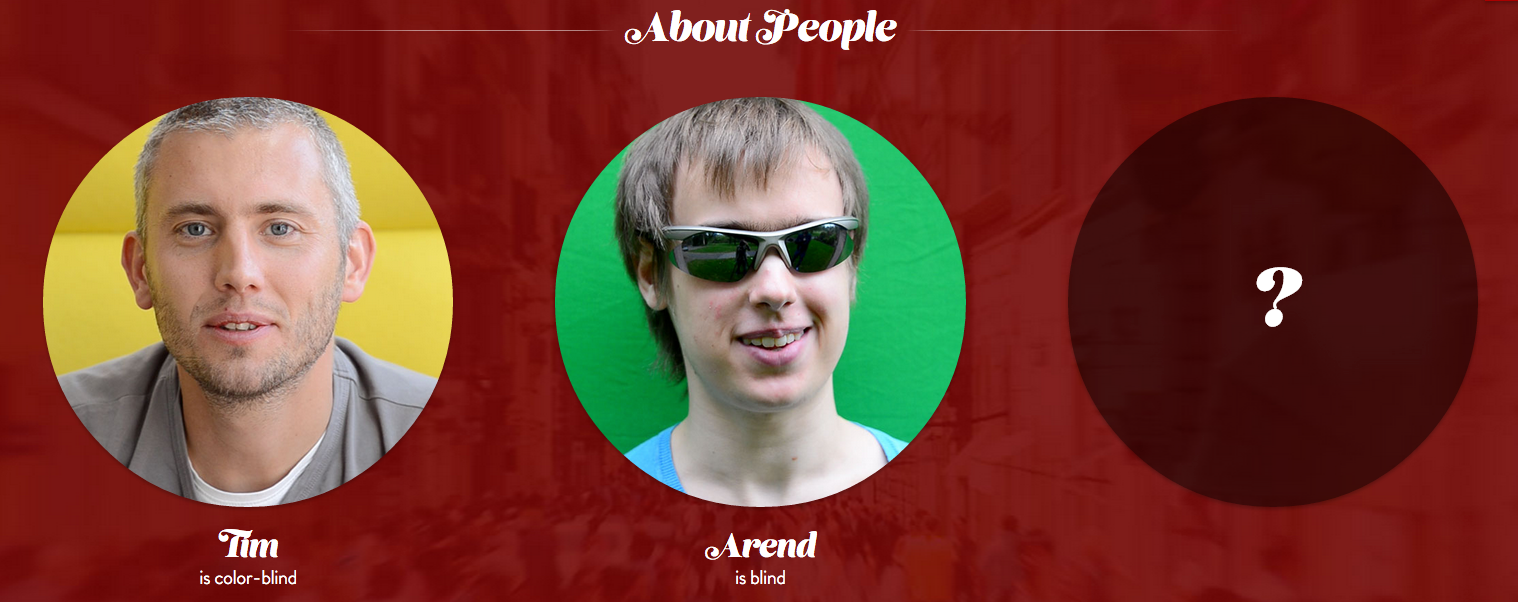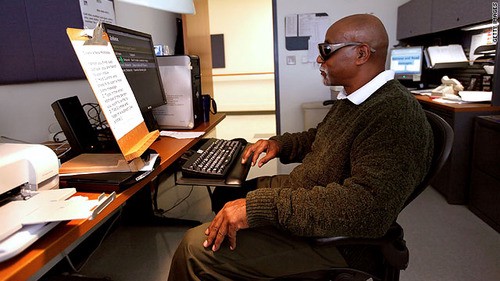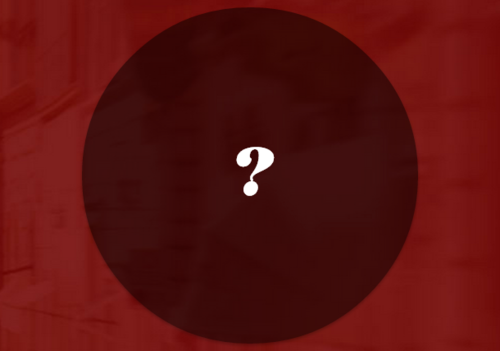Empat.io: about people

As you might already know: we love programming. Good programming. And we believe that an important part of really good programming is creating products for the web that are not only useful, but also friendly. To create products in a user friendly way you must consider your users, but getting to know users with certain limitations, such as blindness, can be difficult for programmers and designers. Johan bridges this gap with empat.io, a website about people and the accessibility of the web. And now it’s live!
Accessibility only seems tricky…
Johan has been working on making products accessible for the web for quite a while now, going back to before he started working at Q. Go, Johan! What really grinds his gears *insert Peter Griffin meme here*, is that making the web accessible for people with disabilities is usually approached from a technical point of view. He believes that accessibility should start with understanding what people need before looking at technical solutions. Last year at the Edge Johan discovered that he wasn’t alone. Accessibility was one of the key topics at the conference. Even major developers were struggling with what to do. For Johan it was Christian Heilmann who came up with the answer: “What we need is more empathy”.

So, the magic word…
…is empathy. Empathizing with users is a best practice for creating products for any group, but it is especially important when making products accessible for people with disabilities. The main problem with making products accessible is that accessibility issues end up being solved by programmers after the product has been designed. This means these issues are ignored during the design phase and must be addressed once development begins. It makes it harder to develop solutions that are truly user friendly. Empathy with the user should be part of every step of the production of your product. Don Norman calls this human centered design.
Now Johan has decided to help make it easier for programmers and designers to empathize with users with disabilities by putting their stories online. By listening to their stories, you can end up with a product that is not only useful, but also accessible to all. And that’s what you want. Even when empathy really isn’t your thing. Because, FYI, at least 25 percent of your Dutch audience has some sort of disability. Better is errr.. well, better!
Awareness
Introducing empat.io. Empat.io brings the stories of people accessing the web to designers and programmers, so they can be aware of how their decisions impact their disabled users. Johan knows that empathy works, because he’s taken developers to user tests with people with disabilities. You may think your product is user friendly and accessible, but letting real people test it is an eye opener.
Even Johan was surprised by the results of these tests. Arend, one of the first to tell his story on empat.io, tested a travel advice table which Johan had developed for a client. This table was designed to be accessible by every technical measure available, but tough luck, because Arend couldn’t use it.
Building accessibility into your product shouldn’t be a problem left to programmers alone, it should be an issue for the whole team from the start. Designing and programming shouldn’t just be done with technical guidelines, but with the help of actual people. That includes people with disabilities.

A glimpse into the future
Awareness makes good solutions possible. For now, empat.io is trying to create awareness by telling the stories of people with disabilities on the web. Johan hopes that these evolving stories will increase your understanding of the obstacles that these people encounter. Some don’t see a lot, some see nothing at all, others have to use a stick to control your website with only a keyboard. And these obstacles are just the tip of the iceberg. Soon Johan plans to provide more stories and articles about people with disabilities accessing the web.

Oh and by the way
Johan wants to expand empat.io with the experiences of a diverse group of people. The blind and visually impaired only take up a small percentage of the group who have difficulty accessing the web. Would you like to help increase understanding of the problems that people have accessing the web? Please email johan@q42.nl or tweet @huijkman. We want to hear your story! Also, of course, when you want to tell your own story about difficulties you experience while using the internet because of your handicap. Let’s make the web a better place together!
Inspired, hungry for more and by coincidence Dutch? Watch this video of Johan’s presentation “Accessibility in a nutshell”:
